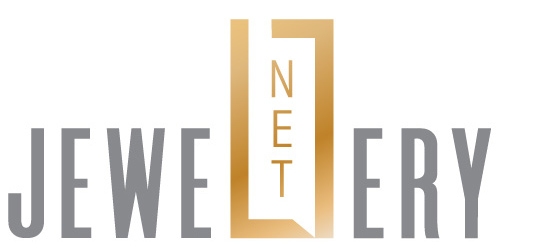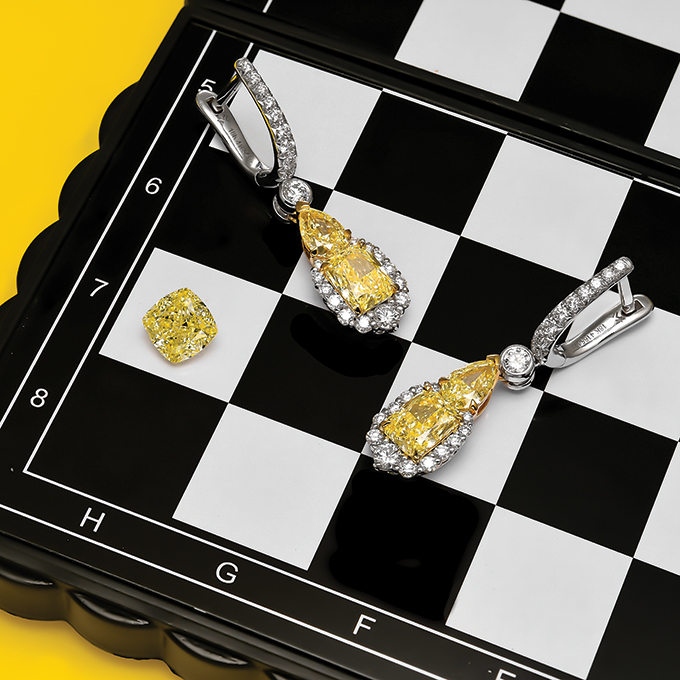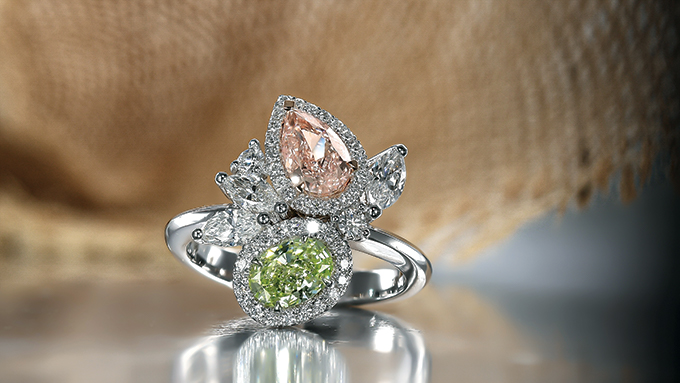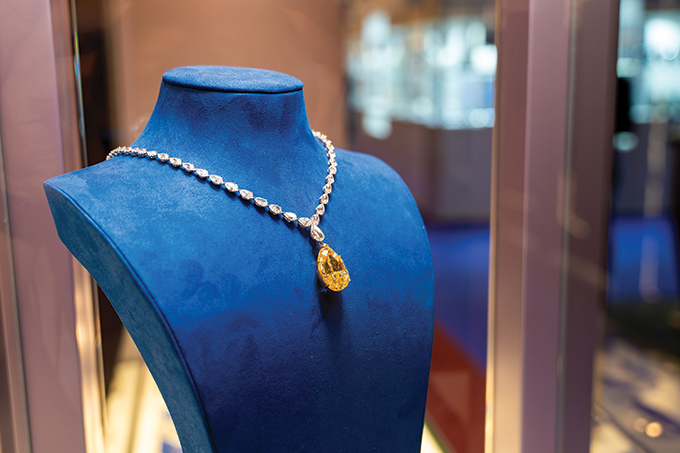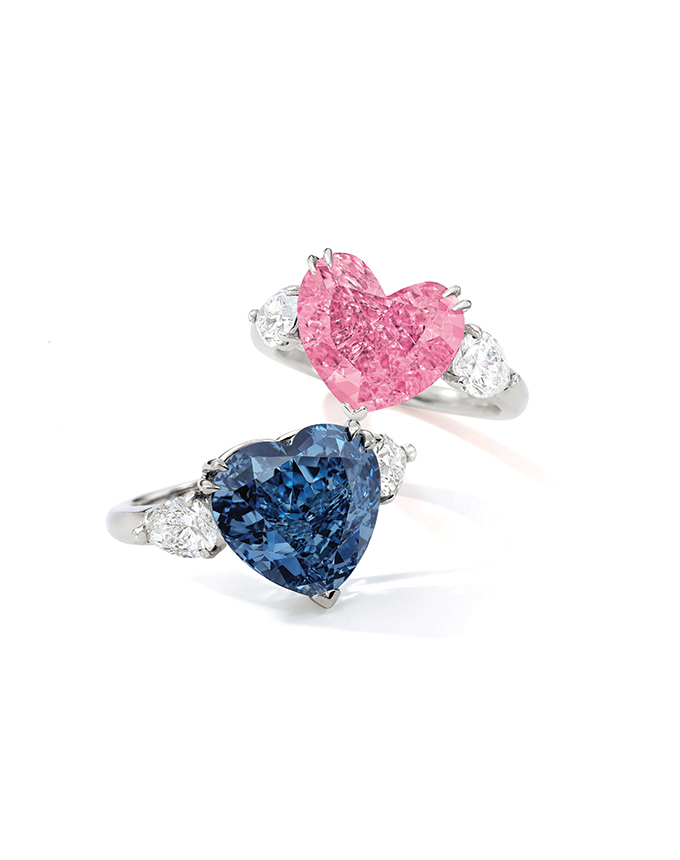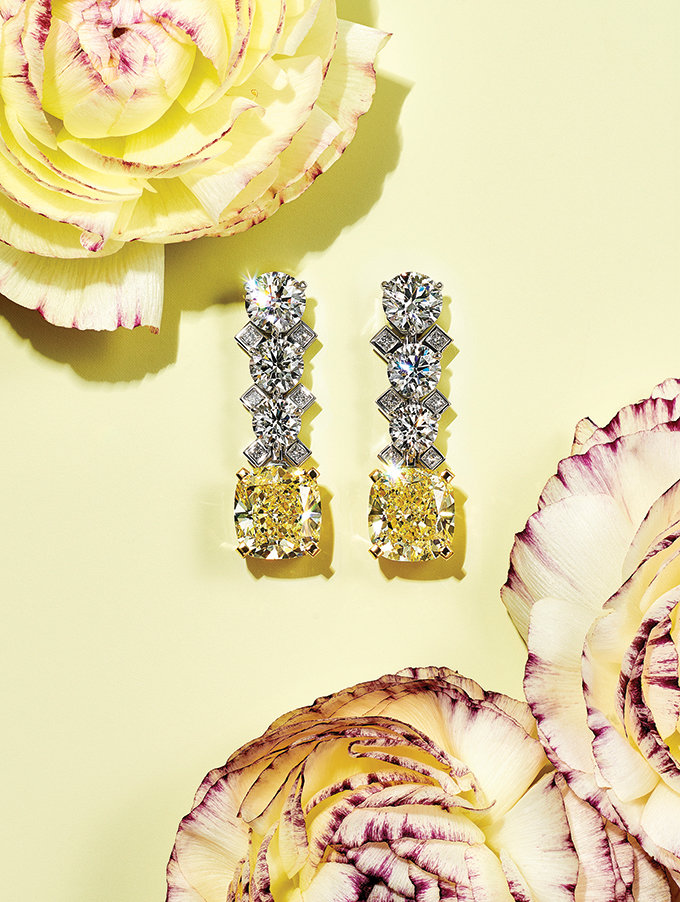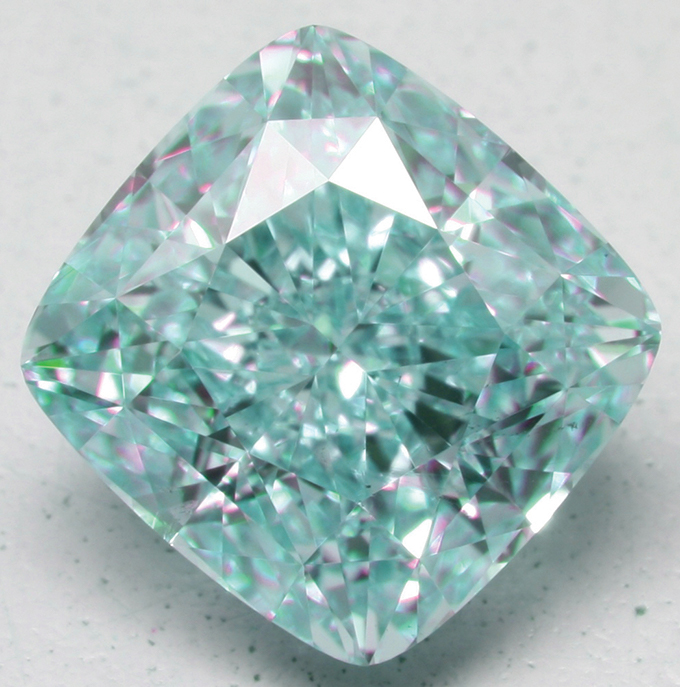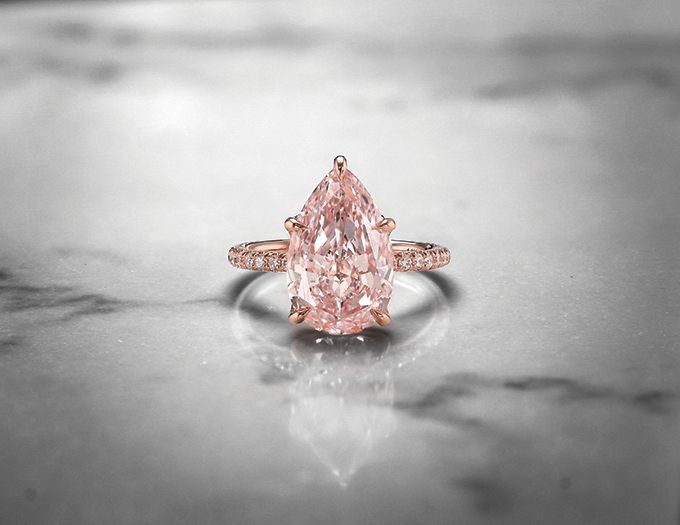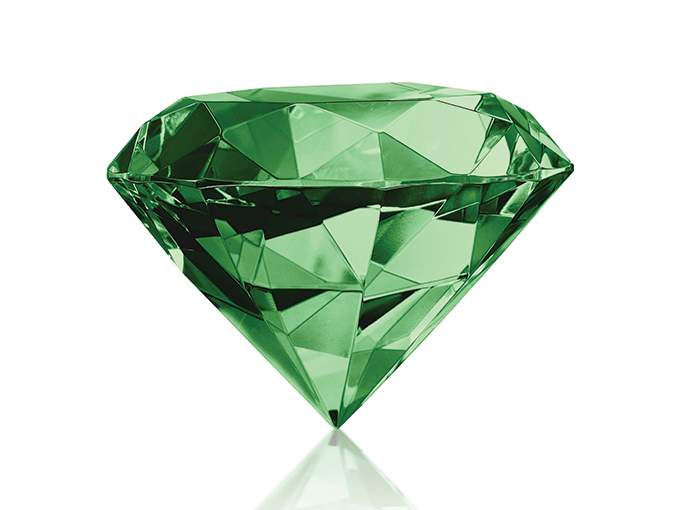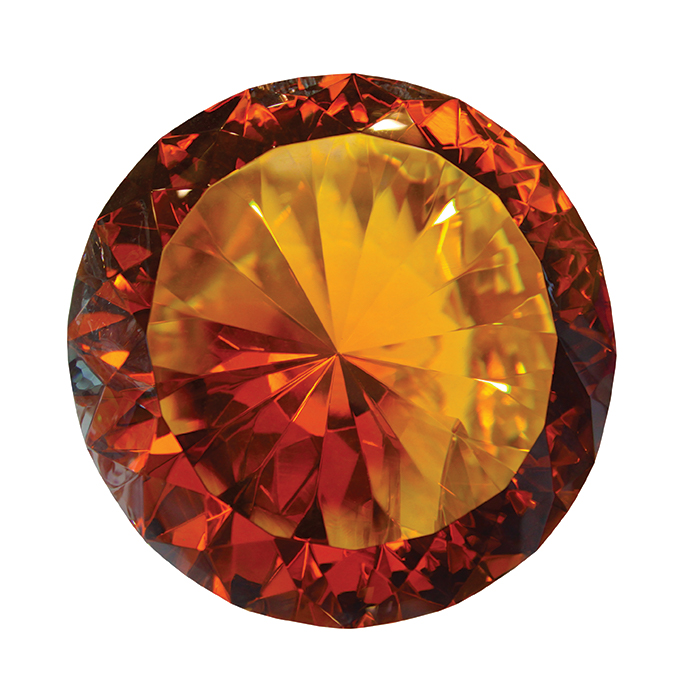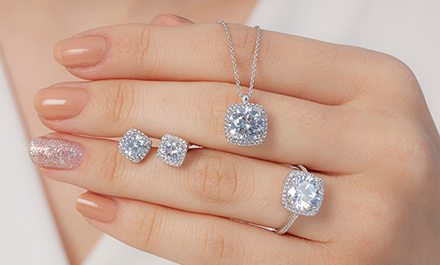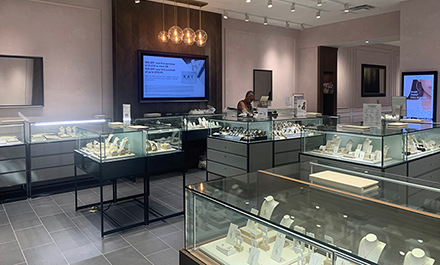Fancy colour diamonds are taking pride of place in the luxury jewellery industry, buoyed by heightened consumer awareness and buyers’ relentless quest for style versatility and enduring sophistication.
This article first appeared in the JNA May/June 2024 issue.
Colours are all the rage in the jewellery industry, with fancy colour diamonds enjoying steady market demand. International brands like Bulgari, Graff and Tiffany, to name a few, have successfully placed fancy colour diamonds on the map of the most coveted luxury products over the years. As such, these diamonds are now viewed as prized possessions and a store of wealth.
They likewise rule in auction circles. Five of the top-performing jewellery pieces at 2023 auctions were adorned with fancy colour diamonds, specifically blues and pinks.
According to industry players, consumers’ love affair with fancy colour diamonds is fuelled by their desire for change – from previously owning white diamond jewellery to infusing colour and variety in their fine jewellery collections. Also driving the continued ascent of fancy colour diamonds as go-to luxury items are younger people who place greater value on personal expression and individuality.
State of the trade
Fancy colour diamonds are especially appealing to a discerning audience because they come in a variety of colours, connotations and value. According to Paul Chieveley-Williams, founder of Diamwill, demand for fancy yellow diamonds has softened, save for larger stones of around 10 carats in vivid colours, which are harder to come by.
Blue diamonds, meanwhile, have become too pricey for buyers due to scarce resources, prompting some to scout for alternatives that bear equally captivating colours minus the exorbitant prices such as Paraiba tourmalines.
Pinks are faring better, helped in part by the success of the Barbie movie that came out last year, noted Chieveley-Williams. Buyers are also partial to elusive straight-pink colours, which means there is little interest in purplish-pink or orangey-pink diamonds.
Meanwhile, fancy colour diamond expert Scarselli saw steady demand for fancy yellow diamonds, which the company specialises in. Extremely sought after were fancy intense and vivid yellow diamonds while interest in pinks, blues and greens was subdued due to high prices.
According to Davide Scarselli, co-owner of Scarselli, Europe and the US were the company’s strongest markets last year. Business, however, slowed down towards the last quarter of 2023 but is expected to pick up in the second quarter of 2024 as jewellery brands regain their footing and start working on new collections.
The 2024 Olympics, scheduled for July 26 to August 11 in Paris, France, could also bolster sales. Davide shared, “Paris is home to the most prominent luxury brands, and we expect them to be buying and stocking up in preparation for a massive flow of tourists into France.”
Echoing prevailing sentiments in the trade, Davide said buyers seem hesitant to spend for larger stones of around 15 carats to 30 carats. Instead, they are more inclined to purchase diamonds and gemstones weighing between 2 carats and 6 carats.
“For us, fancy colour diamonds of 3 carats to 10 carats and matching pairs for earrings are moving exceptionally well,” revealed Scarselli. “The most interesting shapes tend to be oval, emerald and asscher cuts.”
Markets
Aside from varying consumer preferences, industry players said macroeconomic instability and a generally cautious market sentiment are influencing global sales of fancy colour diamonds.
China, for instance, is a huge market for luxury jewellery but the country has been exhibiting stagnant demand for fancy colour diamonds due to a challenging economy. The Chinese market is expected to recover in 2025, added Chieveley-Williams.
Leibish Polnauer, owner and founder of Leibish & Co, said due to weak demand in China, other markets like the US and Asia will likely account for majority of jewellery sales this year, with big-ticket items selling at auctions in Asia.
The fancy colour diamond business is also more resilient compared to other jewellery segments owing to fancy colour diamonds’ exceptional appeal, added Polnauer. Prices are also likely to remain high due to short supply of high-quality yellows and pinks. Demand is most robust in the 1-carat to 3-carat segment.
“Intense and vivid pink, yellow and blue diamonds will be strong sellers and larger yellows will command higher prices,” shared Polnauer. “Argyle mine’s closure in 2020 likewise caused major shifts as the market started looking for alternatives like pink diamonds from Africa.”
Allure of colours
The fancy colour diamond business is also booming over at Arihant Star (HK) Ltd, revealed company director Sohil Jogani. Driving sturdy sales are jewellery brands in Europe and Asia, Taiwan in particular, that recognise the market’s soaring appetite for colours and variety in jewellery choices. Among the most expensive stones now are rare fancy red diamonds, followed by conventional favourites blue and pink.
Pear shapes, which allow jewellers greater flexibility in conceptualising designs, are particularly favoured in the trade, alongside cushion cut. In terms of sizes, Arihant sells anywhere from 50 points to 5 carats, with 3-carat diamonds moving the fastest.
“Another trend that I am seeing now is buyers consistently asking for colour combinations of pink, blue, green and orange diamonds in pear shapes – like a rainbow collection. These are moving well. Brands are on the lookout for these,” noted Jogani.
Fancy orange and green diamonds are also gaining steam in jewellery circles, specifically straight orange colours. Arihant recently sold a 1-carat fancy orange diamond for half a million US dollars, the company official disclosed.
“We have witnessed higher sales of orange diamonds from Europe, Taiwan and Hong Kong, among other markets, since the second half of last year,” added Jogani. “Green diamonds are also making waves in the trade, specifically neon- and electric-green stones.”
David Ebrani, president of Color Diamond Trading Co Inc, also attested to the scarcity of orange diamonds, specifically the vivid orange variants, which he said could even be rarer than reds.
“There are not too many vivid oranges that come out from the ground on an annual basis, so those with intense, deep orange colours are highly sought after,” shared Ebrani. Color Diamond Trading recently sold a 103-carat fancy orange diamond.
Fascination for fancy colour diamonds is likely to stay strong amid uncertainties and high prices as buyers increasingly seek colour and compelling narratives in their choice of diamonds. Interestingly, there is also growing affinity for fancy colour diamonds among a younger demographic, with Sotheby’s earlier saying that young collectors are increasingly demonstrating keen interest in luxury auctions.
Mishael Vardi, founder and CEO of VMK Diamonds, agreed, adding that young people see big auction houses like Sotheby’s and Christie’s selling high-end blue and pink diamonds, which sparks inspiration.
He explained, “A great deal of young people are looking to indulge in luxury sales. Similar to buying a designer bag, they also want to wear an exquisite piece of jewellery that is worthy of being auctioned off down the road.”
VMK Diamonds likewise observed stable demand for pink, blue and green diamonds of 20 points to 1 carat or 2 carats. Customers are opting for smaller diamonds of a higher quality or bigger items in lower quality or softer colour saturation, added Vardi. They are also willing to pay anywhere between US$10,000 and US$50,000 in total for a decent-quality pink, blue or green diamond.
“People will be more hesitant to buy goods that are closer to US$100,000 for stock. They will wait until there is an actual order from their customers,” remarked Vardi. “This is particularly true in the Southeast Asian market now. There is a more conservative purchasing behaviour as they do not want to end up with stock.”
Lab-grown diamonds
Chieveley-Williams noted that transparency plays a critical role in the diamond trade, adding that some sellers have been passing lab-grown diamonds off as natural diamonds when this should not be the case.
Natural diamonds and lab-grown stones can co-exist in the market but clear-cut rules on disclosure should be followed. Afraid of being misled, buyers would rather not purchase when faced with a choice between a natural or lab-grown diamond, he said.
This, however, is not applicable in the fancy colour diamond segment where buyers are still developing awareness of and expertise in fancy colours.
“Consumers have a hard enough time understanding that natural diamonds can be coloured,” remarked Chieveley-Williams. “That is already a big hurdle to them, so once they have gotten that far, they are more likely to go for a natural fancy colour diamond.”
